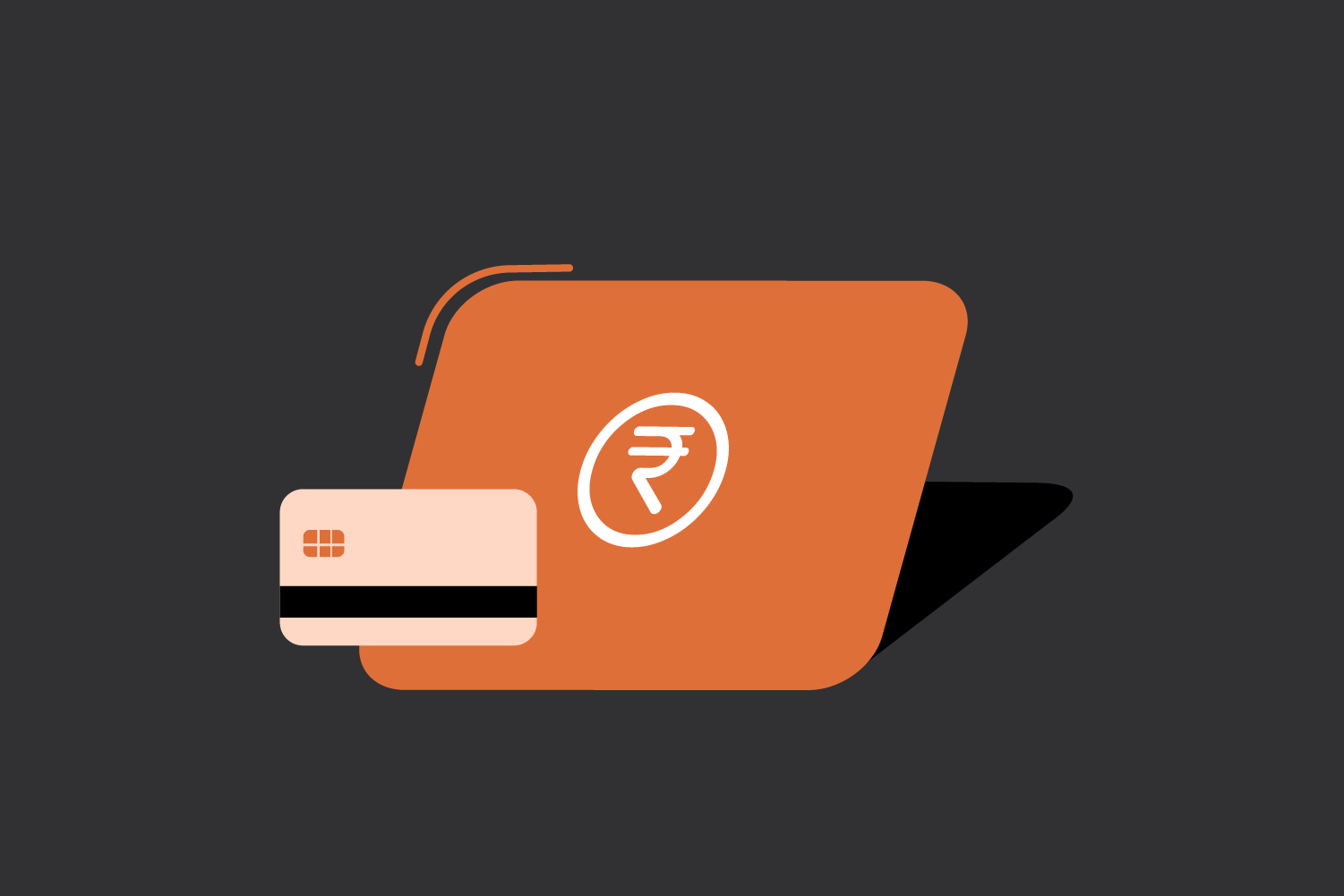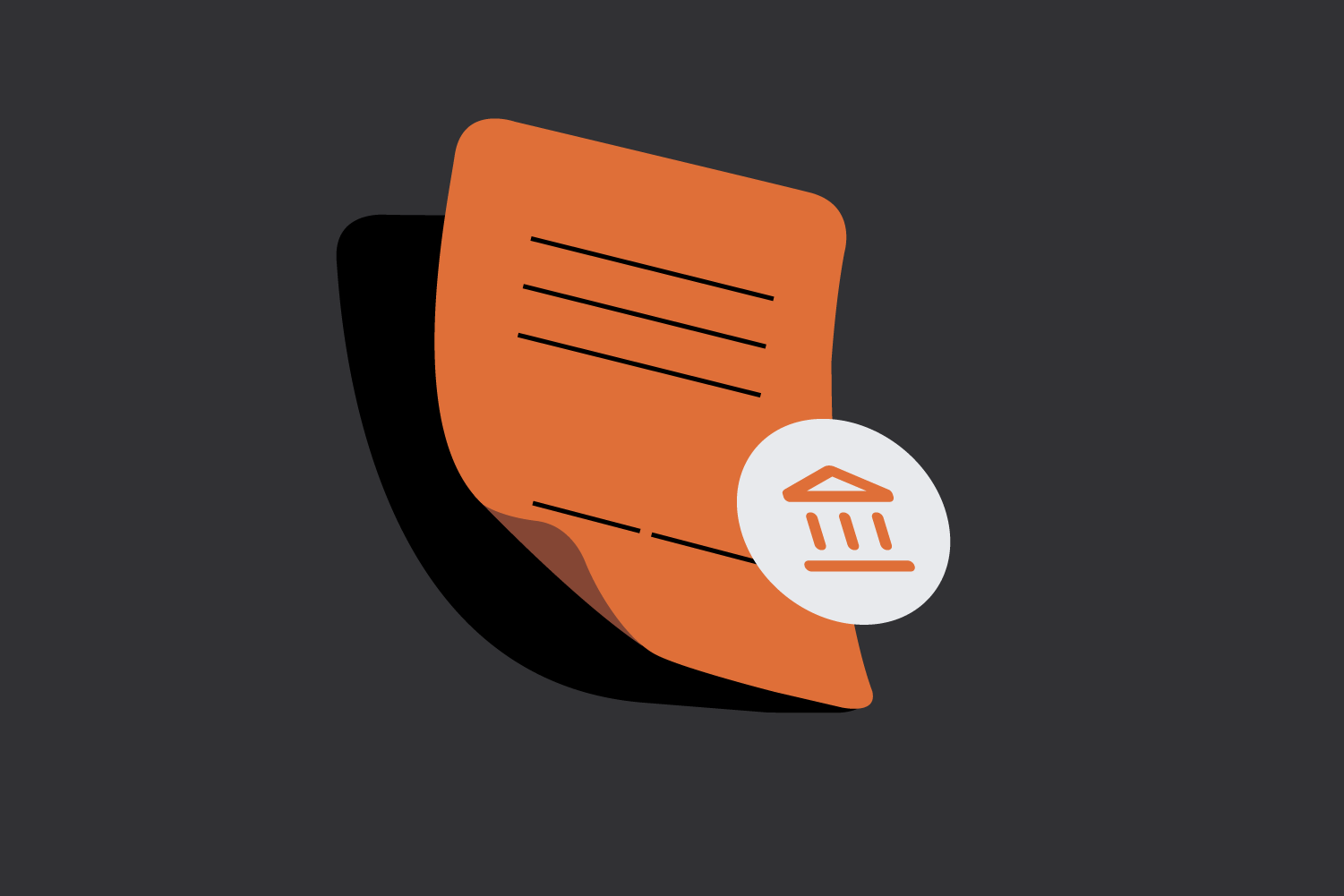Financial services are evolving rapidly, expanding beyond the traditional banking sector to include a variety of innovative solutions. Businesses across industries—retail, technology, or logistics—are now embedding financial solutions directly into their platforms. This transformation is made possible by Banking as a Service (BaaS), a game-changing model that allows non-banking companies to offer financial products without needing a banking license.
Let’s explore what banking as a service is, how it works, and APIs’ role in driving this shift.
What is Banking as a Service?
Banking as a Service (BaaS) is a system where licensed banks provide infrastructure and services to other businesses through APIs. These businesses, in turn, can offer financial products—like payments, digital wallets, or even loans—under their brand.
BaaS allows non-banking companies to integrate essential financial services, improving customer experience while leaving the banks to handle compliance and the infrastructure powering it.
How Banking as a Service Works
Banks provide the core infrastructure:
Licensed banks maintain the core banking systems and ensure compliance with regulations.
API integration:
Businesses can connect their platforms to the bank’s infrastructure through banking as a service API. These APIs enable smooth communication between the two systems.
Branded financial services:
Businesses customize these services to match their brand, offering seamless financial experiences to users.
User interaction:
Customers can use the financial features within the business’s platform without realizing the services are powered by an actual bank.
Key Benefits of BaaS
Fast innovation with streamlined compliance:
Developing a financial product from scratch involves extensive regulatory hurdles and high costs. BaaS eliminates this burden, allowing businesses to launch new services faster.
Example: A ride-hailing app enabling drivers to store money in a wallet or access insurance directly within the app.
Enhanced customer experience:
By embedding financial features, businesses can create an all-in-one experience for users.
Example: E-commerce platforms offering “Buy Now, Pay Later” options powered by a banking as a service provider.
Revenue diversification:
Companies can monetize financial services, opening new revenue streams.
Example: A retail chain providing co-branded credit cards with cashback offers managed through BaaS.
Cost savings:
Since businesses don’t need to maintain their own dedicated banking infrastructure, they save on operational and development costs.
Example: An e-commerce platform partners with a BaaS provider to offer customers installment payment options at checkout. By leveraging the provider’s infrastructure instead of creating its own lending system, the platform avoids high development and operational expenses while enhancing its payment flexibility.
Banking as a Service Use Cases
Digital Wallets
Many apps now offer digital wallets that enable users to store money and make quick transactions.
Example: A food delivery platform lets users top up a wallet for seamless payments at checkout.
Loan and Credit Management
BaaS enables businesses to provide loan services without being a bank.
Example: A travel app offering instant travel loans to users booking high-ticket vacations.
Subscription Billing
Businesses with recurring payment models can simplify billing using BaaS APIs.
Example: A fitness app offering monthly membership renewals with automated payments.
Cross-Border Transactions
With BaaS, businesses can facilitate international payments and currency conversions.
Example: A freelance platform enabling global payouts to users in multiple currencies.
How APIs Are Transforming BaaS
At the heart of banking as a service lies the API ecosystem. These APIs act as the bridge between banks and businesses, enabling secure data exchange and functionality integration.
Why APIs Matter in BaaS
- Seamless integration: APIs allow businesses to embed banking features into their existing platforms.
- Cost-efficiency: No need for heavy IT infrastructure—APIs do the job efficiently.
- Scalability: Businesses can scale their financial services as they grow.
Popular BaaS APIs
- Payment Gateways
- Account verification services
- Credit scoring APIs
- Real-time fund transfer APIs
Interested in our APIs? Let’s talk!
Tell us your automation goals, and we’ll set you up with a free, personalized demo from our API expert.
Click HereBanking as a Service in India
With its booming fintech sector, India has embraced BaaS in a big way. Initiatives like UPI (Unified Payments Interface) are helping businesses rapidly integrate banking services into their platforms.
BaaS operates entirely within the regulatory framework, as licensed banks manage compliance and ensure that all financial services adhere to strict guidelines. This ensures that businesses using BaaS can focus on innovation without navigating complex legal requirements independently.
Why BaaS Thrives in India:
- Increasing smartphone penetration.
- Favorable regulations promoting financial inclusion.
- Demand for innovative payment solutions from SMEs and startups.
The Future of Banking as a Service
As digital payments continue to grow, the scope of banking as a service will expand. Businesses that adopt BaaS today are not just improving their offerings but also shaping the future of finance.
Whether you’re a developer building a fintech app or a business aiming to enhance user experience, BaaS provides the tools to innovate and thrive.



0 Comments